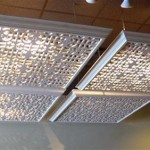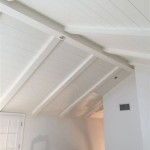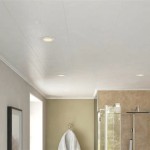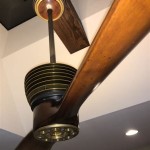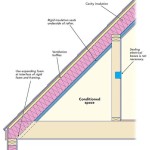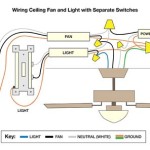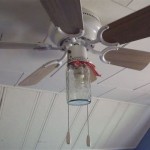Installing HVAC Vents in Ceiling: An Essential Guide
Installing HVAC vents in the ceiling is a crucial aspect of ensuring efficient and comfortable airflow in your home. Proper ventilation allows for optimal temperature distribution, reduces humidity, and improves indoor air quality. This guide will provide comprehensive instructions on how to install HVAC vents in the ceiling, ensuring a seamless and effective heating and cooling system.
Materials Required:
* HVAC vents * Ceiling tiles (if necessary) * Ductwork * Screws or nails * Screwdriver or hammer * Tape measure * Level * Utility knife * Safety glassesStep-by-Step Instructions:
1. Plan and Mark Locations:
* Determine the desired locations for the vents based on the room's layout and airflow requirements. * Use a tape measure and level to mark the center point of each vent position on the ceiling.2. Cut Ceiling Opening:
* If the ceiling is made of drywall, use a utility knife to carefully cut out a hole of the appropriate size for the vent. * If the ceiling is made of suspended ceiling tiles, simply remove the tiles to expose the ductwork.3. Attach Ductwork:
* Connect the ductwork to the ceiling opening using flexible duct or rigid sheet metal. * Ensure that all connections are properly sealed with duct tape.4. Install Vents:
* Place the vent over the ceiling opening and insert it into the ductwork. * Secure the vent using screws or nails, ensuring a tight fit.5. Level and Adjust:
* Use a level to ensure that the vent is properly aligned and level. * If necessary, make adjustments to the ductwork or vent to achieve the desired angle and airflow direction.6. Trim and Finish:
* If the vent extends beyond the ceiling surface, use a utility knife to trim the excess. * Apply a thin bead of caulk around the edges of the vent for a clean and professional finish.Tips for Efficient Airflow:
* Ensure that the vents are located in areas with the greatest airflow needs, such as near windows, doors, and furniture. * Avoid blocking vents with furniture or curtains to maintain proper airflow. * Regularly clean and replace air filters to remove dust and improve airflow. * Consider using a fan to circulate air and promote even distribution.Considerations for Ceiling Height:
* For ceilings with a height of 8 feet or more, it is recommended to install vents closer to the floor to ensure adequate air circulation. * For ceilings below 8 feet, vents can be installed near the ceiling to avoid hindering headspace.Safety Precautions:
* Always wear safety glasses when cutting or working with sharp materials. * Ensure that all electrical connections are made by a qualified electrician. * Do not attempt to install vents if you are not comfortable or lack the necessary skills.
How To Replace Your Ac Vent Covers Clf Services

Replacing A Heat Vent Register

Why Adding A Return Air Vent Improves Your Home S Comfort Bird Family Insulation

How To Open And Close Ceiling Air Vents

Quick Ceiling Vent Fix

The Benefits Of Using Ceiling Hvac Vents

How To Install A Return Air Duct Doityourself Com

How Important Are Vent Covers For Your Ac Air Assurance

A Step By Guide To Replacing Your Ceiling Vent Air Filter

Installing An Hvac Supply Register Airtec In The Ceiling Cutting Hole Connecting Flex Duct
Related Posts

